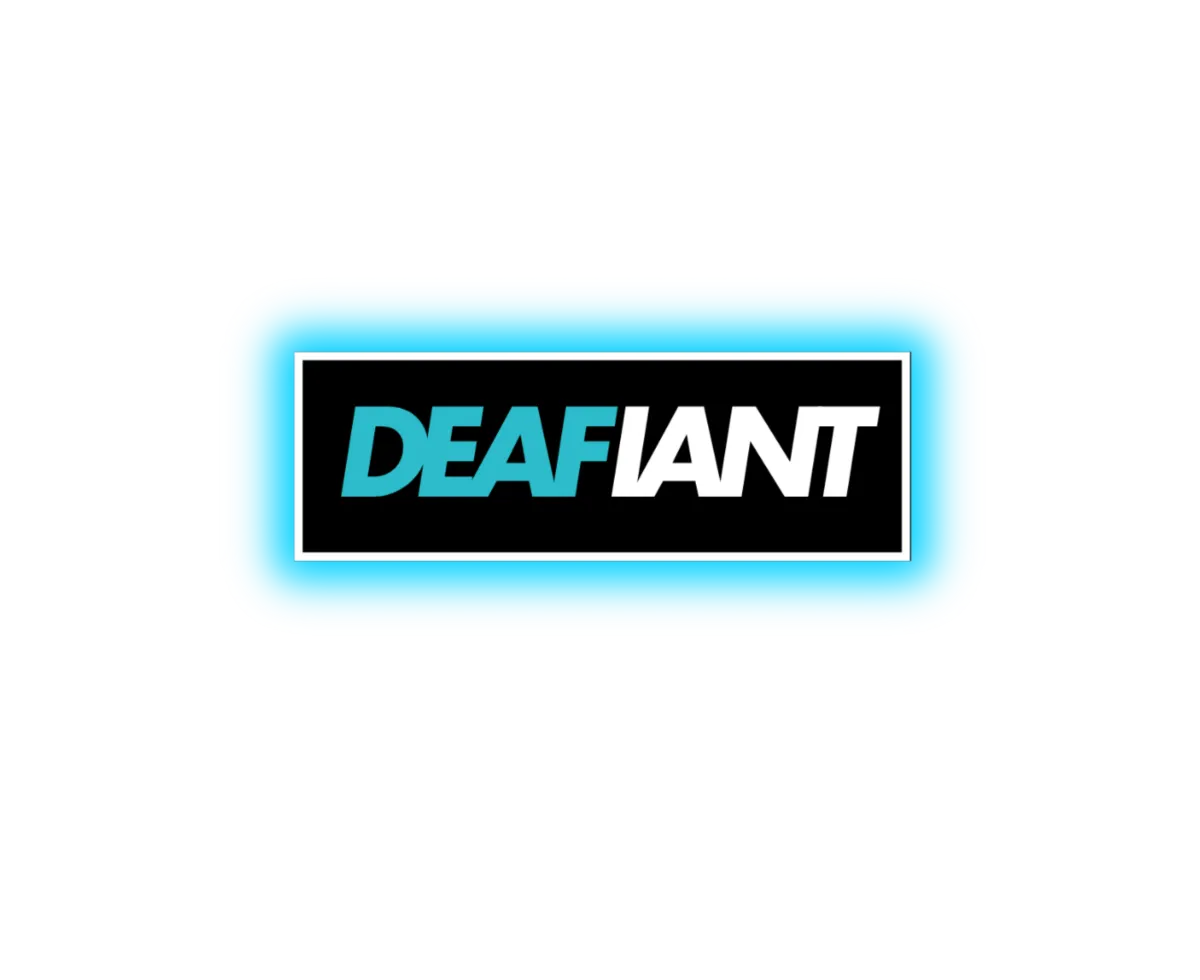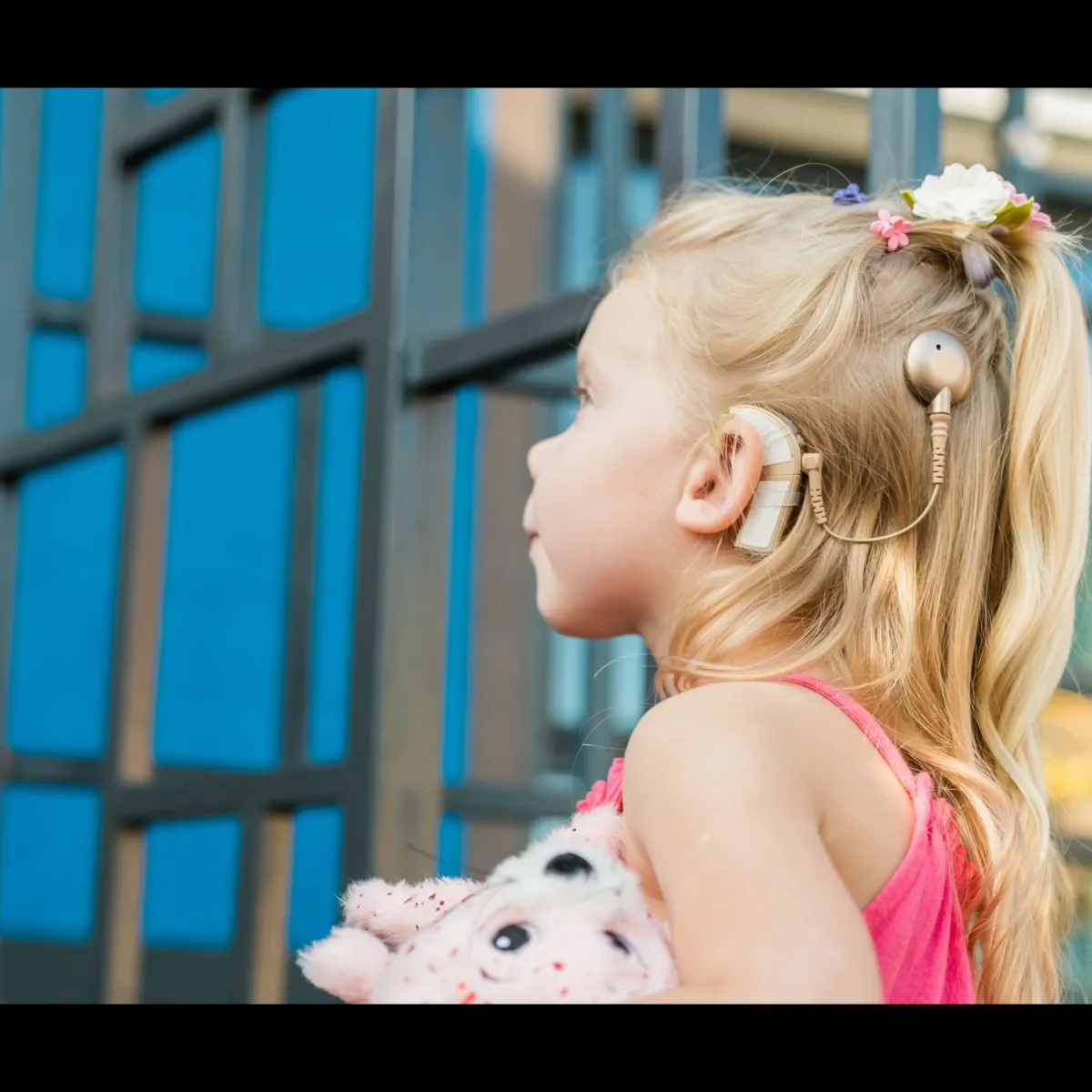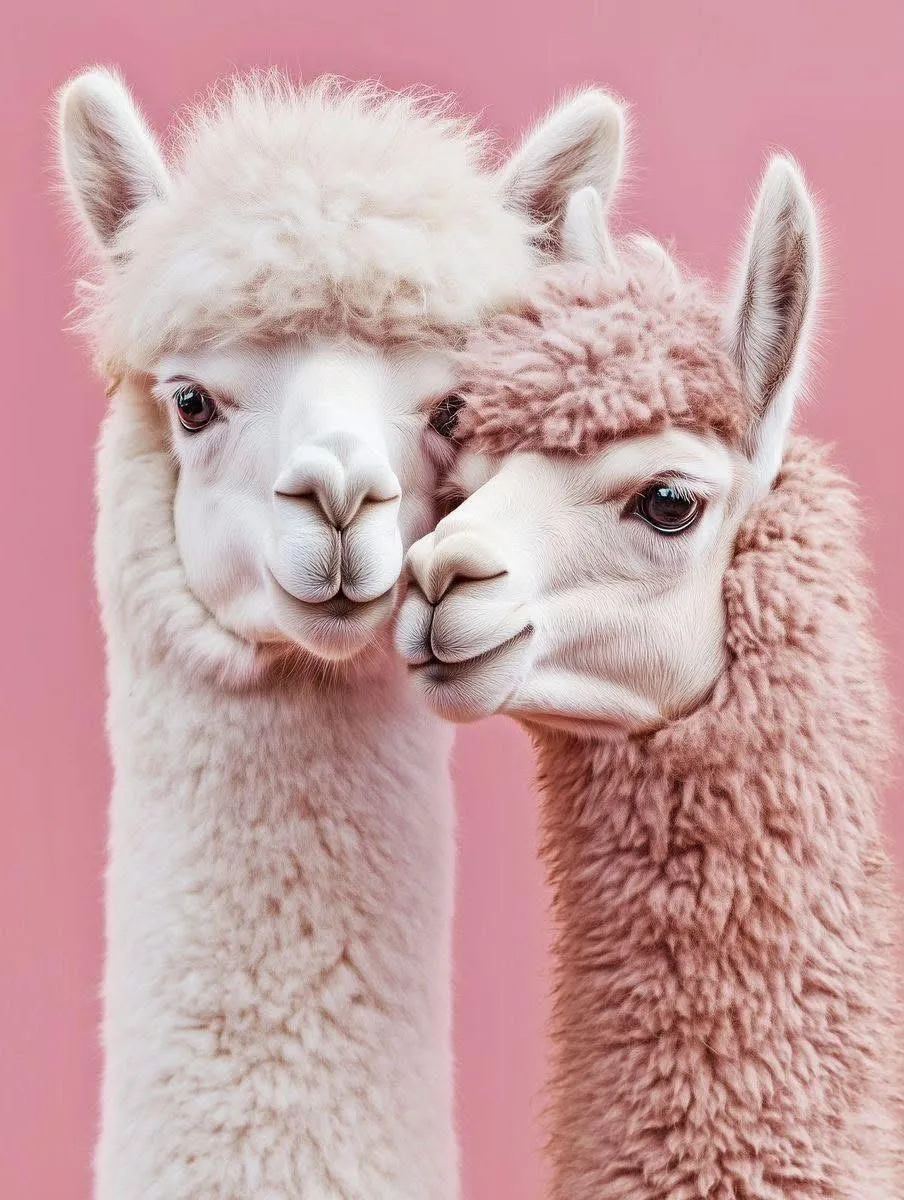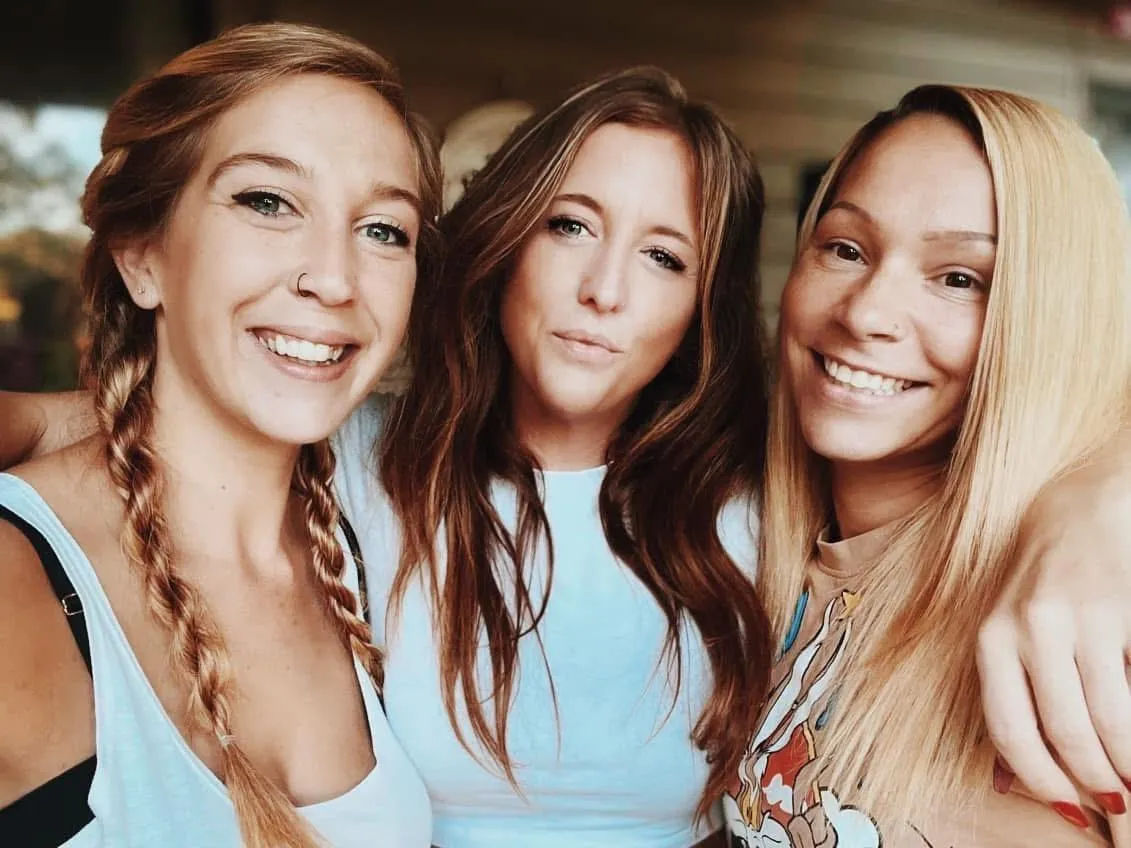Where silence speaks loud.
DEAFIANT VOICES

muted for a mission
Deaf-owned. Deafiantly operated.
A movement built from silence, rooted in purpose, and grown through strength.
What began as profound silence became the foundation for a movement. DEAFIANT was born from my own journey through deafness, faith, and identity — a story of learning that losing sound didn’t mean losing my voice.
wear your voice loud
DEAFIANT isn’t just what you wear; it’s how you speak without sound.
Wear your voice. Join the movement

Whether you’re Deaf, Hard-of-Hearing, family, or ally — you belong here.
the movement
This is More Than Merch — It’s a Movement.
DEAFIANT exists to raise Deaf voices, spark awareness, and remind the world:
Access isn’t a favor. It’s a right.

visibility
Show the world what Deaf looks like.
Every design, post, and voice brings Deaf culture out of the shadows and into the spotlight — bold, proud, and unapologetic.

empowerment
Turn silence into confidence.
DEAFIANT reminds the Deaf and Hard-of-Hearing community — and everyone who supports them — that your voice matters, whether it’s spoken, signed, or felt.

awareness
Change the way the world listens.
We’re not asking for pity — we’re teaching perspective. Awareness through action, advocacy, and authenticity.

connection
One community. Many voices.
DEAFIANT is for the Deaf, Hard-of-Hearing, family, and allies — all united in the same rhythm of belonging, pride, and purpose.
It’s about representation, education, and pride — expressed through creativity, fashion, advocacy, and storytelling.
In Partnership With The Pink Llama Botanicals
DEAFIANT x The Pink Llama
A collaboration rooted in family, purpose, and growth. Together, we’re raising Deaf awareness and planting seeds of empowerment — one bold design at a time.
DEAFIANT began in collaboration with The Pink Llama — my sister’s brand. Together, we grew something deeper than apparel: a shared mission to plant seeds of awareness and grow loud in our own ways.
This collaboration isn’t just about shirts or plants. It’s about growth through adversity. It’s about showing that even in silence, we are loud. It’s about spreading awareness, starting conversations, and reminding the world that resilience blooms even in the harshest conditions.
Every design in the Grow Loud x DEAFiant Collection carries a piece of our story: two sisters, defying the odds and planting seeds of change.
We hope you’ll join us in this movement—not just to shop, but to stand with us, to grow with us, and to celebrate the strength of the Deaf community.
Together, we are DEAFiant.
Together, we grow louder.
the spectrum & the system
Understanding the Deaf Experience and Why Access Matters.
THE SPECTRUM
Born Deaf
Fluent in silence from birth — masters of visual language and Deaf culture.
Struggle: Many Deaf children are born to hearing parents who never learn sign language, creating early communication gaps.
Stat: 90–95% of Deaf children are born to hearing parents — only about 25% of those parents learn ASL.
Late-Deafened
Those who once heard and now navigate the shift — relearning identity in silence.
Struggle: Sudden or progressive hearing loss often leads to job loss or isolation when accessibility tools aren’t in place.
Stat: Over 60% of late-deafened adults report anxiety or depression related to inadequate workplace accommodations.
Hard-of-Hearing
Living between two frequencies — often unheard by both worlds.
Struggle: HOH individuals are often excluded because they “don’t look Deaf enough” to receive proper accommodations.
Stat: 1 in 8 Americans over 12 have hearing loss in both ears — yet less than 20% use hearing aids due to stigma and cost.
CODAs (Children of Deaf Adults)
The bridge between two worlds — fluent in both sound and silence.
Struggle: Many CODAs grow up interpreting adult conversations as children because qualified interpreters aren’t always provided.
Stat: 90% of Deaf parents have hearing children — yet many schools still fail to recognize CODAs’ bilingual communication needs.
Sudden Deaf
The shock of losing sound overnight — and rediscovering life through vibration and connection.
Struggle: Those who become deaf suddenly often lose language access overnight. Many are never offered ASL education or mental health support, leaving them isolated in both communication and identity.
Stat: More than 70% of adults who experience sudden deafness report depression or anxiety, and fewer than 1 in 5 are referred to sign language classes or Deaf support networks.
CI Users
Navigating technology, adaptation, and choice — proof that access looks different for everyone.
Struggle: Many people assume cochlear implants “cure” deafness, but they don’t. CI users are still Deaf — implants provide SOME sound access, not identity.
Stat: Fewer than 1% of people with significant hearing loss in the U.S. have cochlear implants — yet most still rely on visual communication and Deaf culture for true connection.
Different journeys. One fight for access.
the spectrum & the system
Understanding the Deaf Experience and Why Access Matters.
Four Pillars of Access
Communication Access
Understanding begins with access to language.
Captions, interpreters, and visual cues should be standard — not special requests.
Every message, every meeting, every moment should be reachable for everyone.
Goal: Normalize captions and interpreting as a basic human right, not an accommodation.
Representation Matters
Nothing about us without us.
Deaf voices belong at every table — in media, policy, leadership, and design. Representation drives empathy, accuracy, and visibility.
Goal: Increase Deaf leadership and deaf-owned business presence across industries, not just token appearances.
technology & Choice
Tools don’t define identity.
Hearing aids, cochlear implants, and assistive tech are options — not cures. Every individual deserves the right to choose how they connect to the world.
Goal: Expand access to affordable technology while protecting personal autonomy.
Equal Opportunity
True inclusion means access to more than sound.
Employment, education, and healthcare systems must stop sidelining Deaf and Hard-of-Hearing individuals. Equality isn’t optional — it’s the law.
Goal: Advocate for enforcement of ADA compliance in every public and private space.
Follow @DEAFIANTAPPAREL
Deaf-owned. Deafiantly operated.
stay connected. stay deafiant.
Join the movement. Wear the message.
DEAF-OWNED. DEAFIANTLY OPERATED.










